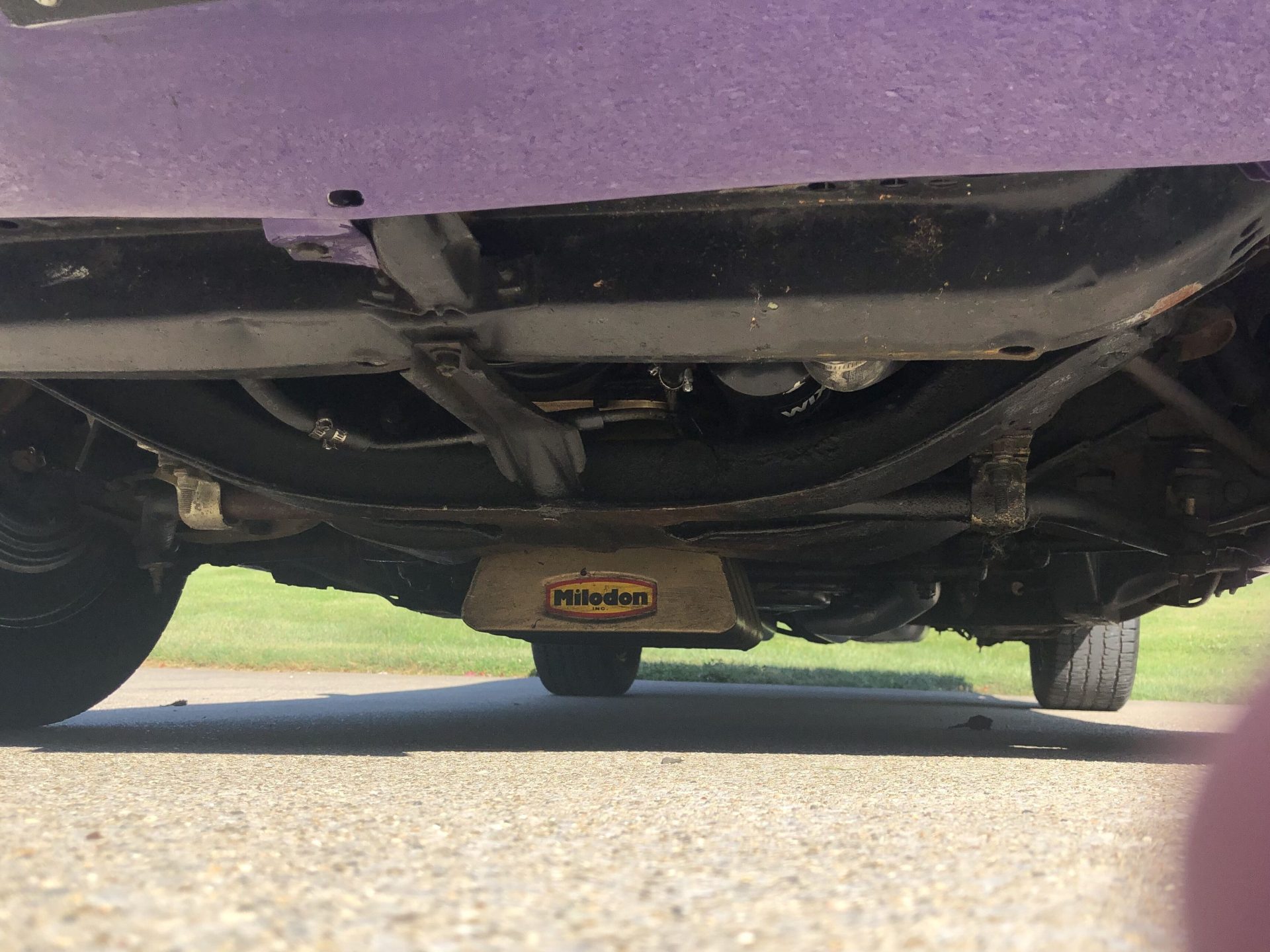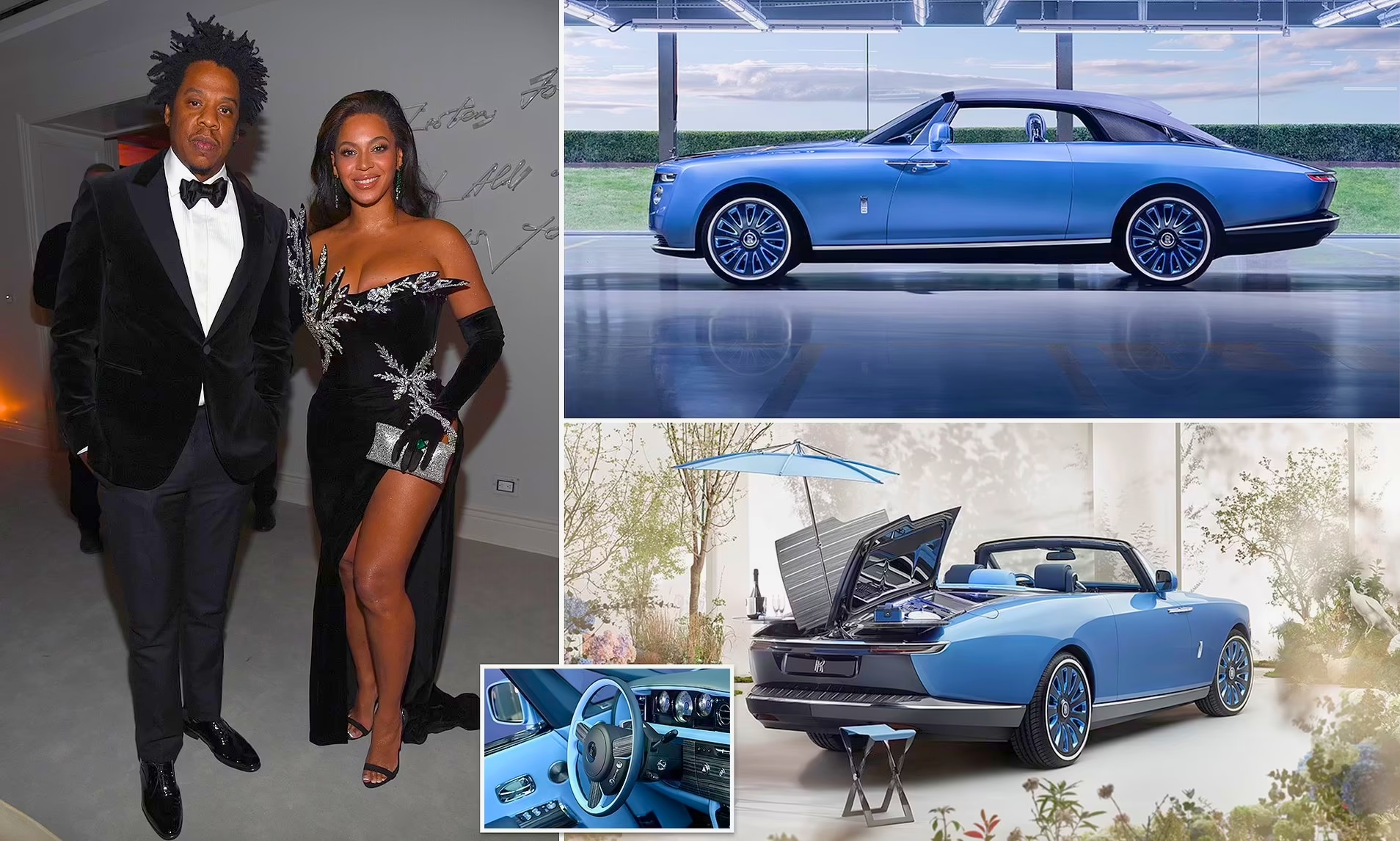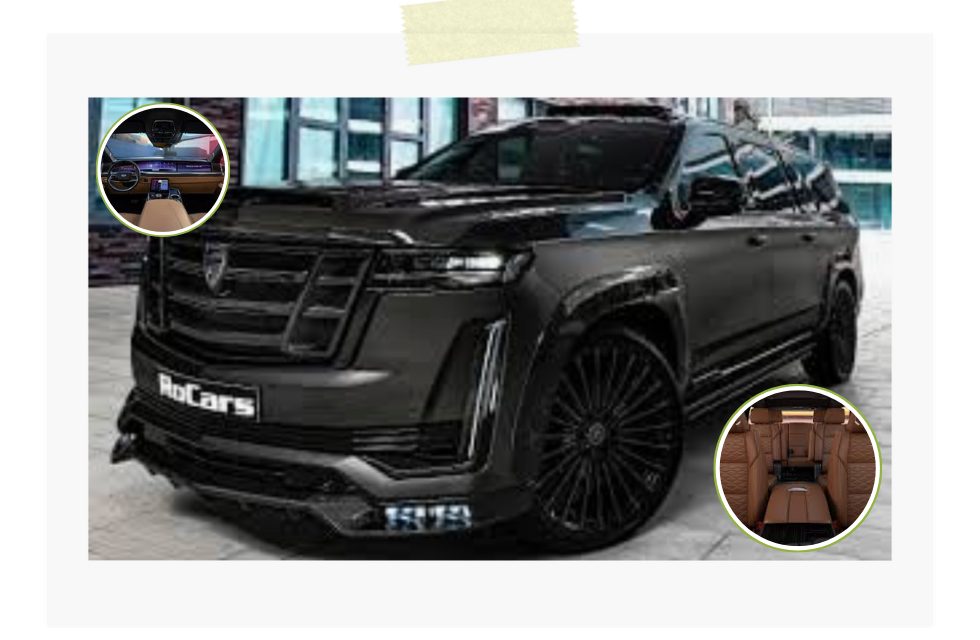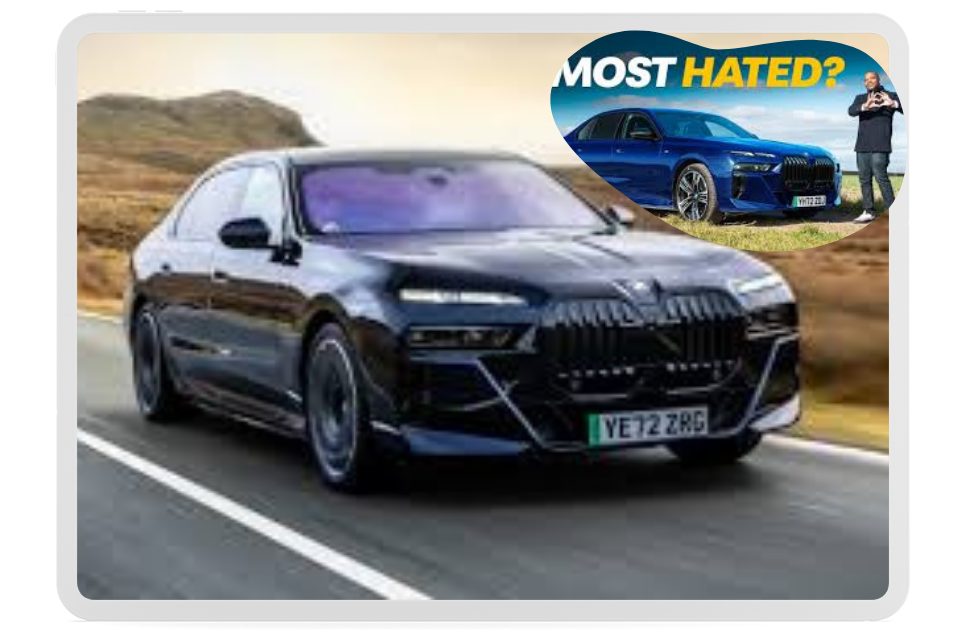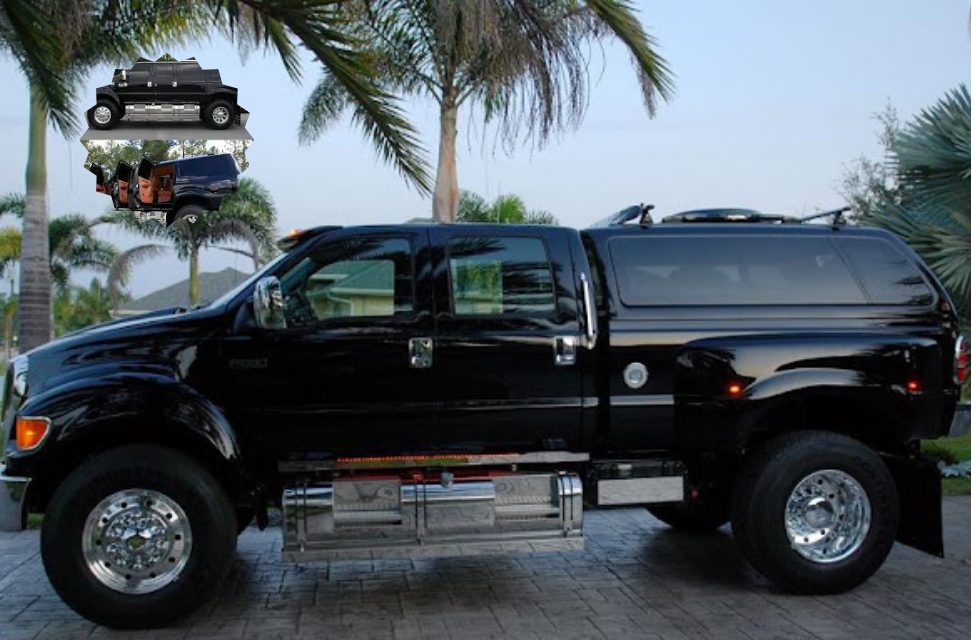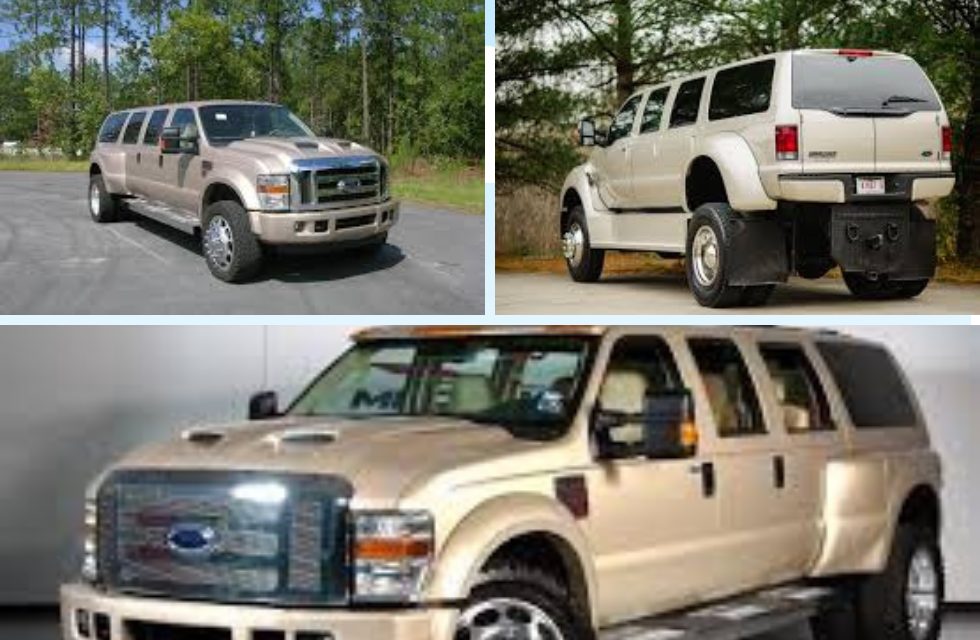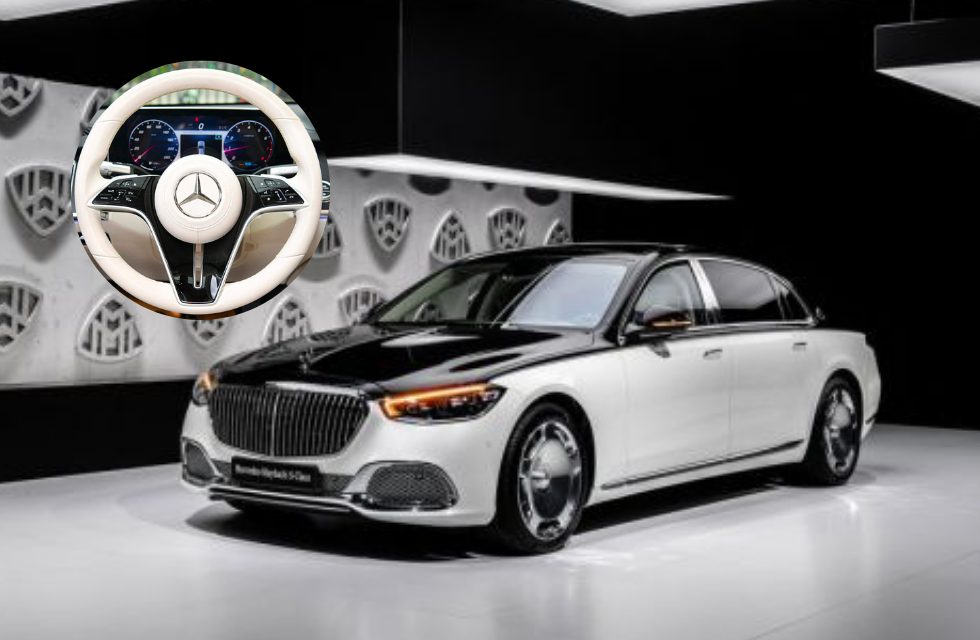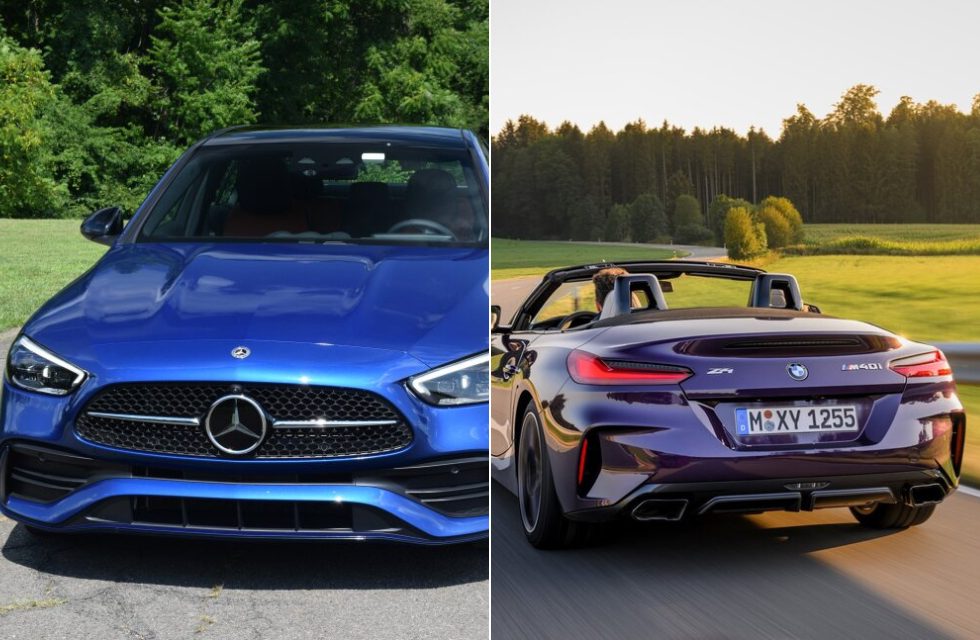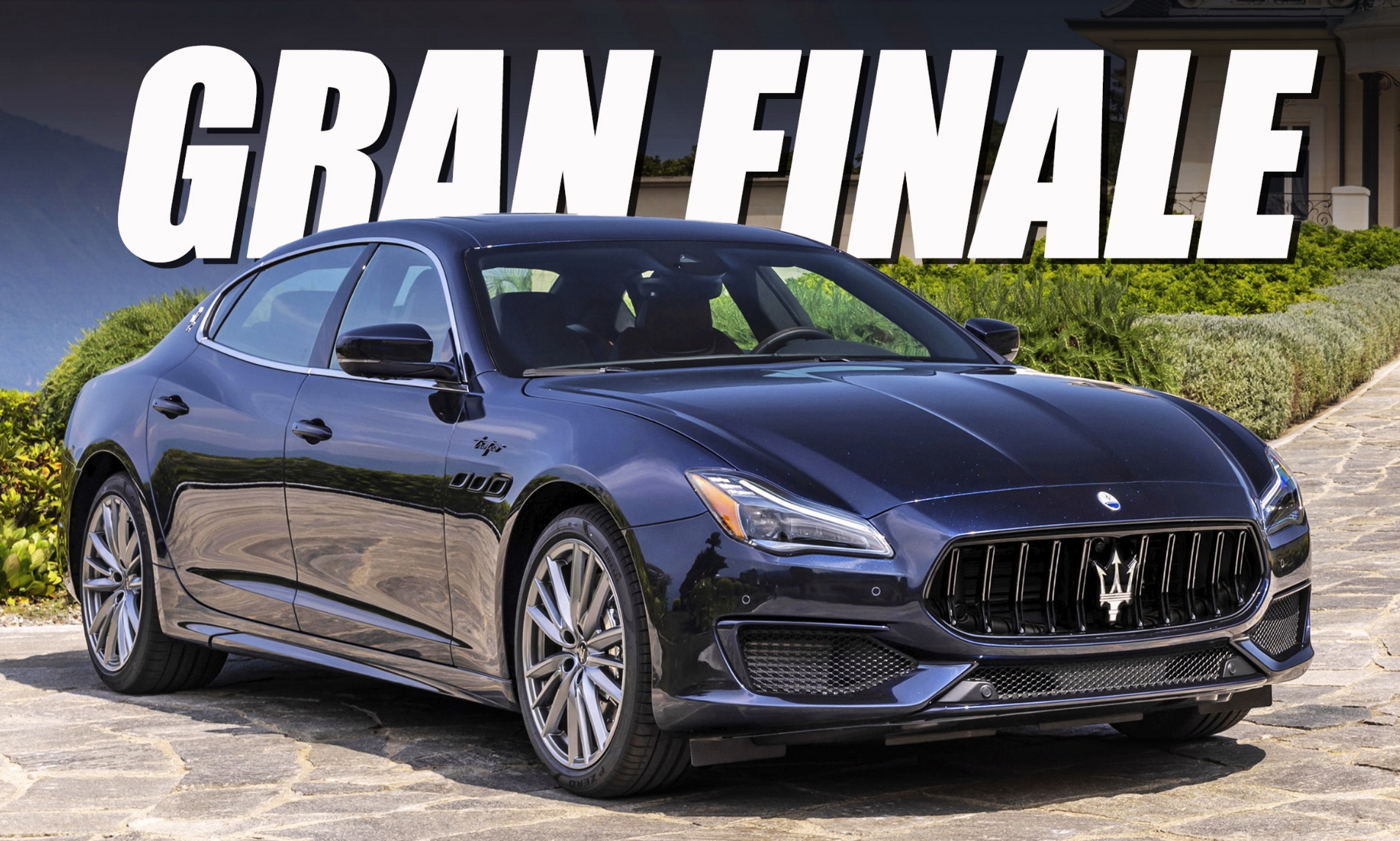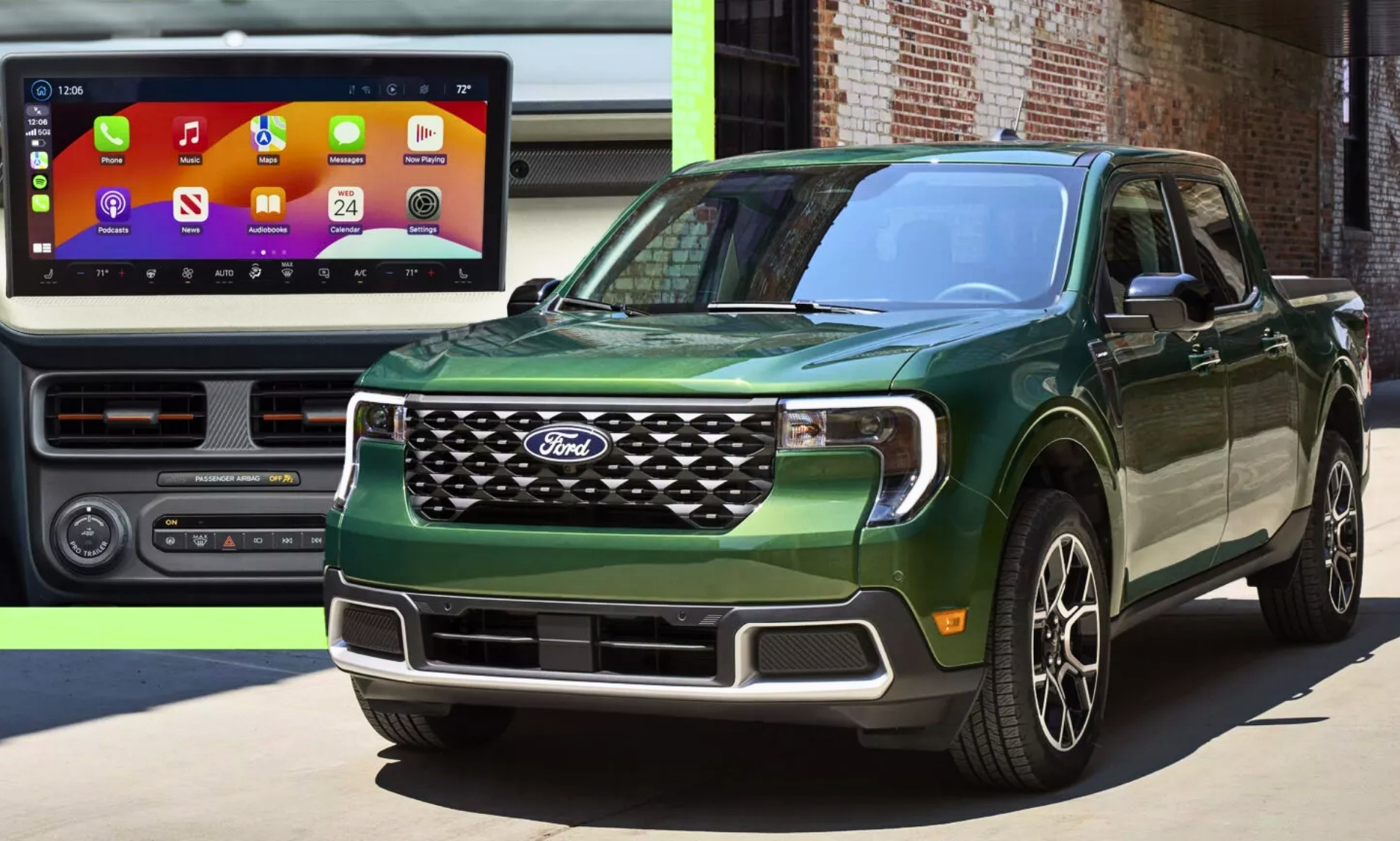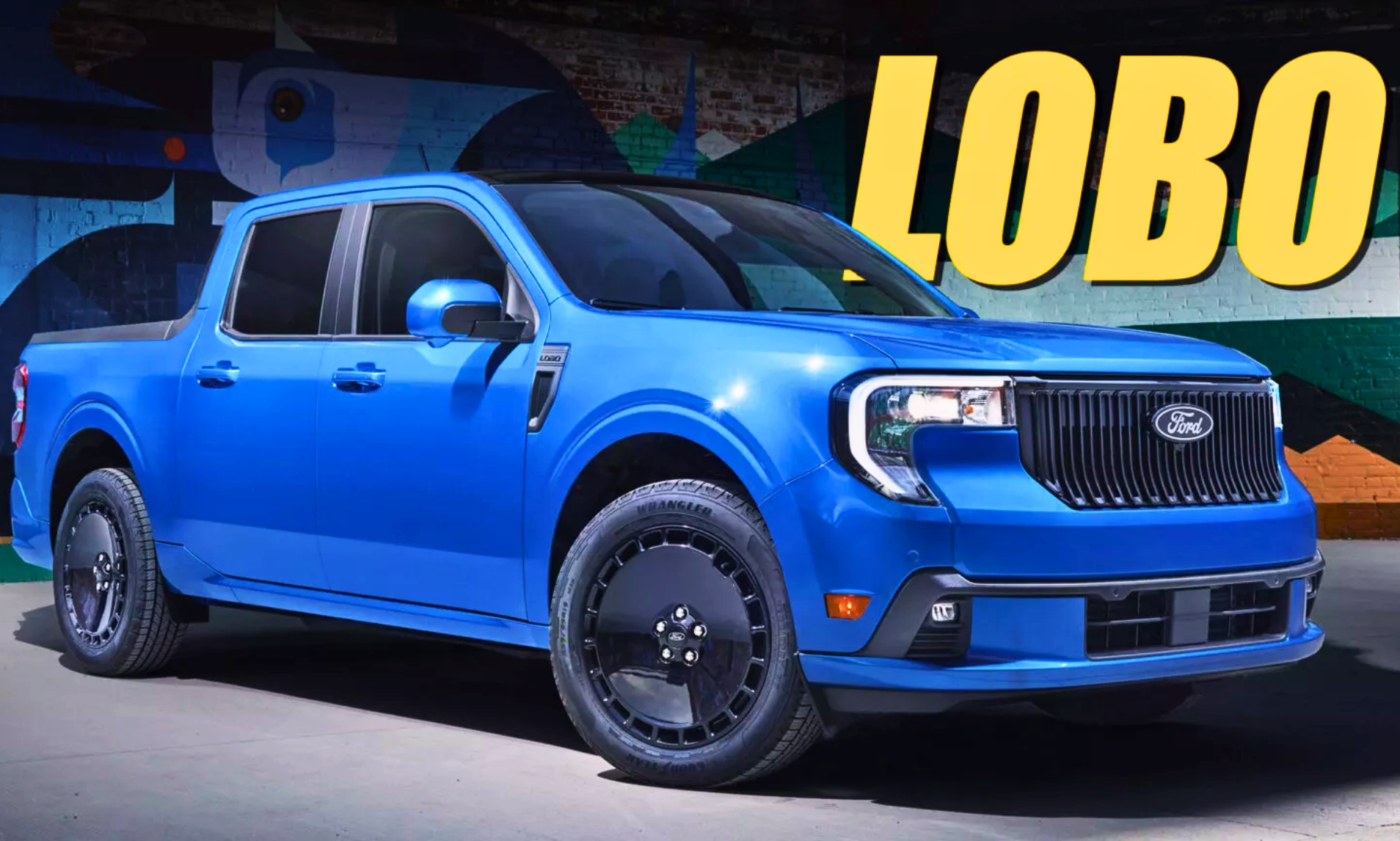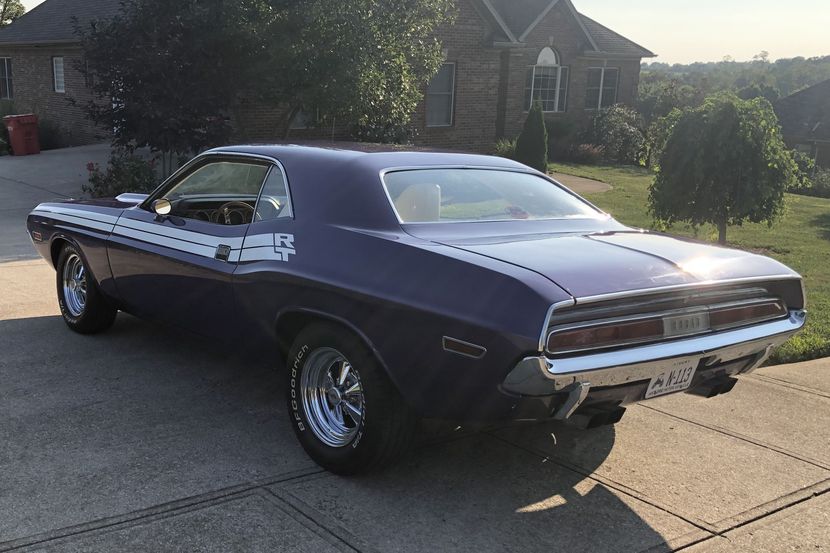
Engines with voluminous displacements epitomized the muscle-car era, and this 1970 Dodge Challenger takes the idea to the extreme via its 496-cu.in. V-8 swap. The seller states that when he purchased the E-body in May of 2014, its colors had already been changed to Plum Crazy outside and white inside, and its 318-cu.in. small-block had been replaced with a 360. He then sourced a 440-cu.in. big-block, had it bored, stroked, and built into a 496 at Wagamon Brothers in Minneapolis, and has since used his Dodge “exclusively for car shows.” This Challenger’s mammoth engine and a highly desirable color, paired with its agile shape and upscale pony car persona, are among its most compelling attributes.
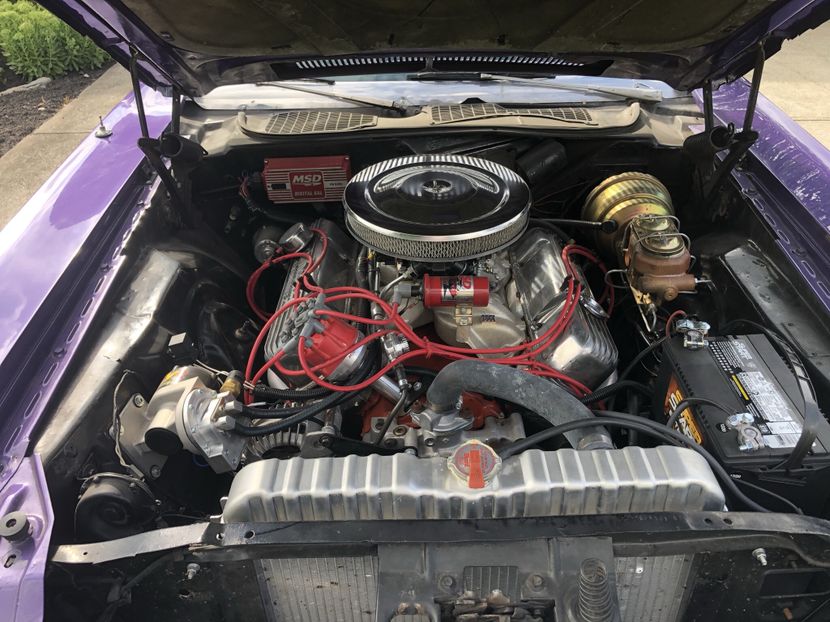
POWERTRAIN
The Mopar 496-cu.in. big-block V-8 engine is said to have about 1,500 miles on it since its build. According to the engine build invoice provided by the seller, the big mill is equipped with an Eagle forged-steel stroker crankshaft and H-beam connecting rods, forged SRP pistons, Edelbrock Performer RPM aluminum cylinder heads and dual-plane intake manifold, a Howard’s hydraulic roller camshaft, Harland Sharp HD roller rockers, a Quick Fuel Technologies 780-cfm carburetor, Hooker headers, an MSD ignition system, a Milodon 7-quart oil pan, and a CVR electric vacuum pump.
Additional modifications include an aluminum radiator, an owner-sourced 727 TorqueFlite three-speed automatic, and an Eaton Detroit Trutrac differential with Motive Gear 3.73s. The seller states, “The car is very fast and smooth, and 575 lb-ft of torque sets you back in the seat.” He also relates that there is a “small oil drip, not exactly sure from where,” and that the transmission “shifts excellently.” The seller has also included a dyno readout that shows peak power at about 495 horsepower at 5,100 rpm and 575 lb-ft of torque at 4,000 rpm. The invoice provided by the seller details $28,350 in parts and labor related to the engine build.
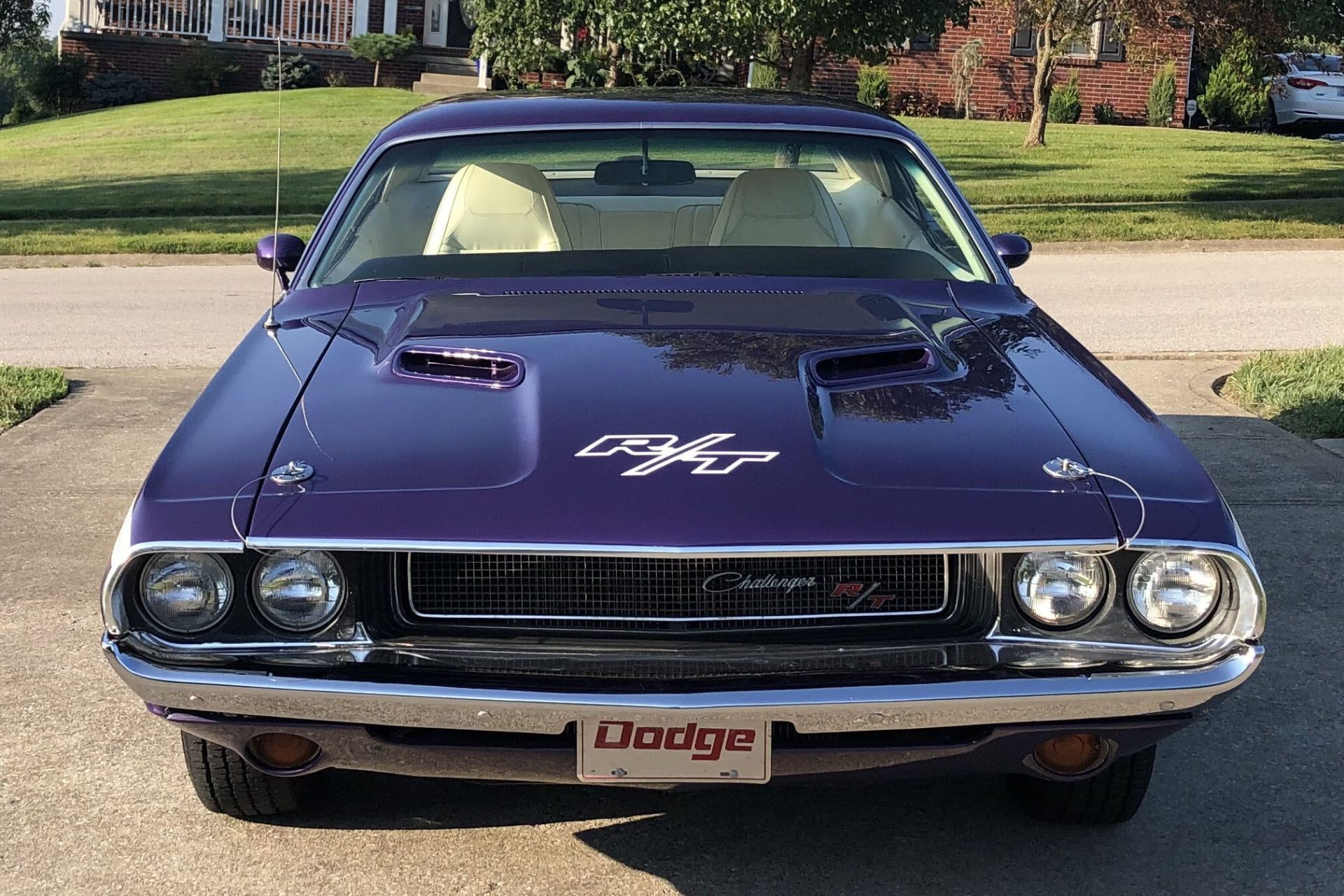
This Challenger’s Plum Crazy paint was reportedly applied in the mid-1990s. The original color was light green according to the fender tag. The seller says the paint is “good,” but “bubbling in front of the rear wheels.” He adds that the glass “appears to be original” and the “seals look good.” He notes “no evidence of leaking,” and that “all of the lights are in working condition.” The exterior bright trim and bumpers also rate as “good” and “very nice,” respectively, by the seller.
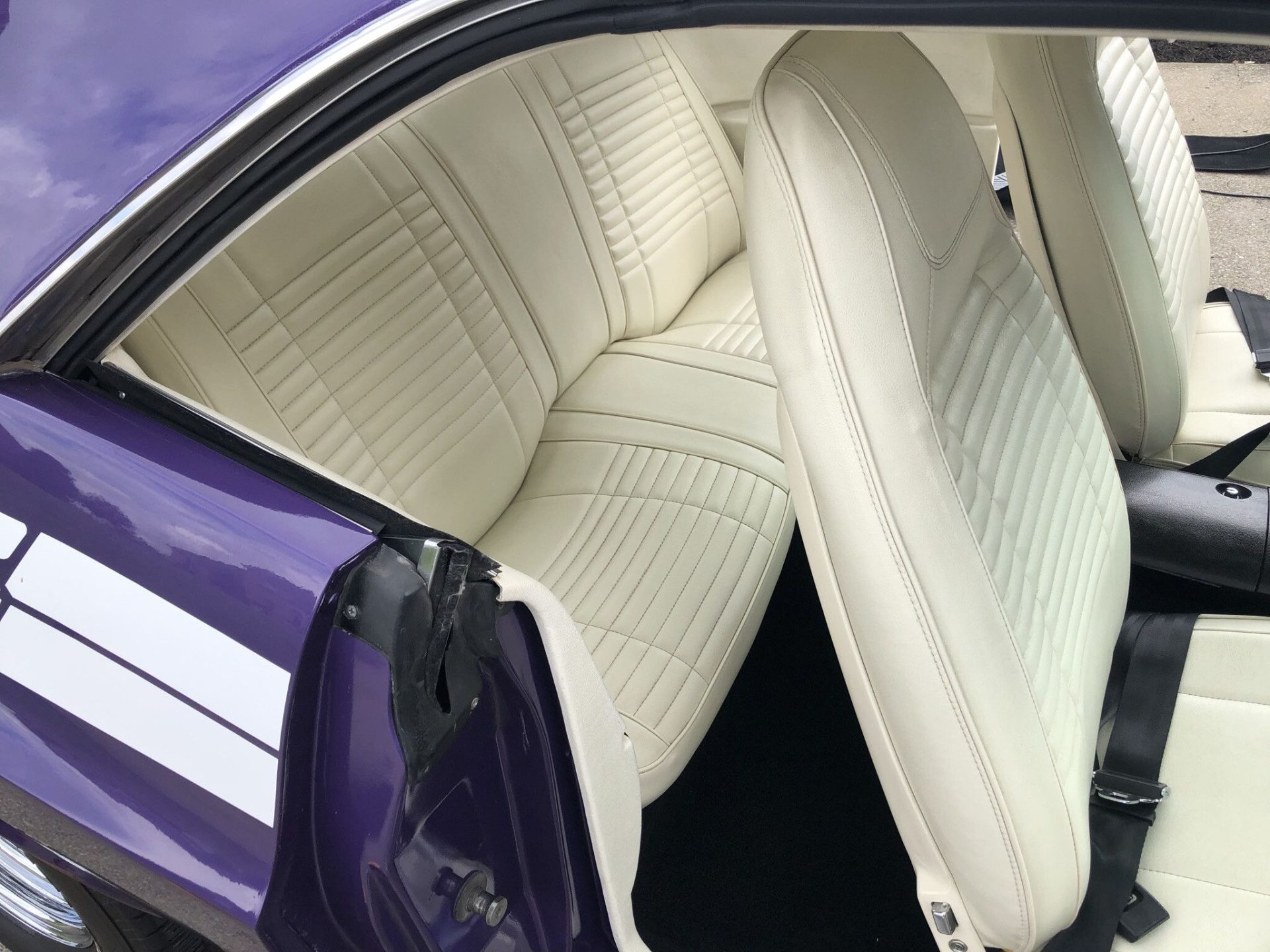
Factory-installed green upholstery has been changed to white vinyl, which is said to be “very clean.” There’s also a “new Rallye dash built by Instrument Specialties,” as well as an aftermarket Pioneer stereo and speakers. According to the seller, the speedometer and tach are not connected, and the heater does not function. The seller adds that the clock, turn signals, and fuel gauge are functional. He rates the dash pad, carpet, console, and door panels as “very good.” Interior modifications include an aftermarket steering wheel, tachometer, oil pressure gauge, and a pistol grip-style shifter handle.
